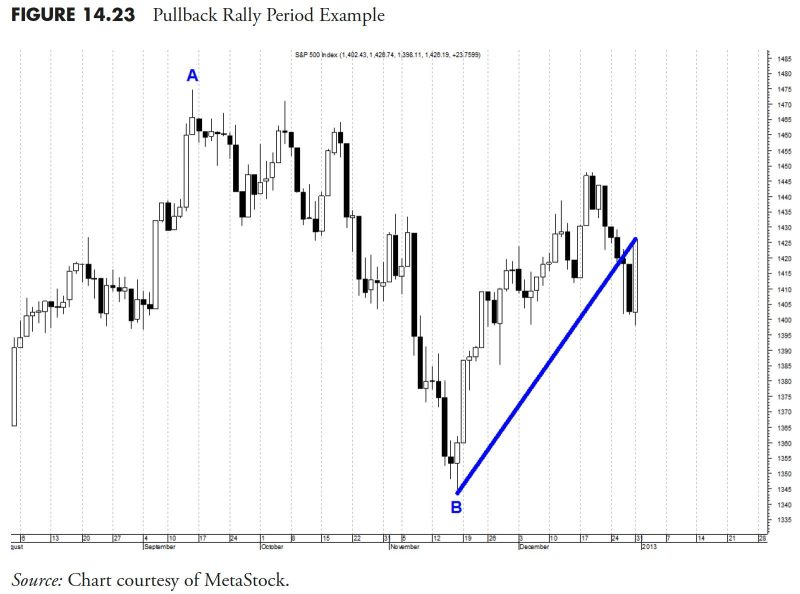
Mastering Money Management: Unraveling Security Selection, Rules and Guidelines – Part 5
In the field of investment, security selection finds a critical place, and it is considered one of the most significant aspects of rules-based money management. Part 5 of our series explores the security selection process, the rules that guide this process, and its essential guidelines.
Allocation of assets to different investment portfolios forms the basis of rules-based money management. But making a decision about where and how much to invest is just one half. The other half involves spotting the right securities to buy and then deciding on when to sell them. Security selection is a task that requires a high degree of financial knowledge and discernment, as it involves analyzing a security’s fundamental attributes as a monetary instrument. Also, it tends to expose an investor to systematic and unsystematic risks that need to be moderated.
Security selection process hinges largely on the investment style of an investor. Some investors prefer investing in emerging markets, while others may have proclivity towards diversification for better risk management. An analysis of prospective future returns, formulated by asset pricing models like the Capital Asset Pricing Model (CAPM), is an essential step during the selection.
Yet, relying completely on financial models or raw data can be precarious, as they often fail to factor in broader economic indicators and trends. Hence, it’s imperative to also consider factors like governmental policies, societal changes, geographical shifts, environmental issues, among others. Sensibility demands maintaining a balance between technical analysis, driven by charts and numbers, and fundamental analysis, influenced by intrinsic factors.
Moving onto the rules of security selection, it falls into one of two general categories: active or passive management. Active management involves making investment decisions using a hands-on approach, including frequent transaction and market timing. It aims to outperform the stock market’s average returns and requires an in-depth market knowledge.
In contrast, passive management requires less-frequent transaction and typically sticks to a market index. It operates on the belief that it is hard, costly and pointless to beat the market consistently. Hence, passive investing might generate returns equal to a specific index minus fees.
Creating a rules-based checklist can help streamline the security selection process. This list can include criteria like strong historical performance, a competitive advantage in the market, stable or climbing dividend growth, and positive cash flow or income.
Certain guidelines can help navigate the complex world of security selection. Always keep a financial buffer for sudden market downturns, changes in interest rates, or unexpected financial burdens. A diversified portfolio can also help minimize risks. Regular rebalance of the portfolio ensures it aligns with the investor’s goals and risk tolerance.
Finally, it is essential to follow ethical investing practices. Understanding ecological, social, and governance (ESG) criteria ensures that investments are sustainable and socio-economically responsible. Investor or advisory transparency should be promoted, while complying with the legal requirements.
In sum, rules-based money management’s security selection aspect needs careful attention. Rational decision-making, guided by rules and guidelines, goes a long way in securing one’s financial future. It is a blend of art and science, combining a rational interpretation of data with principles of responsible investing.
